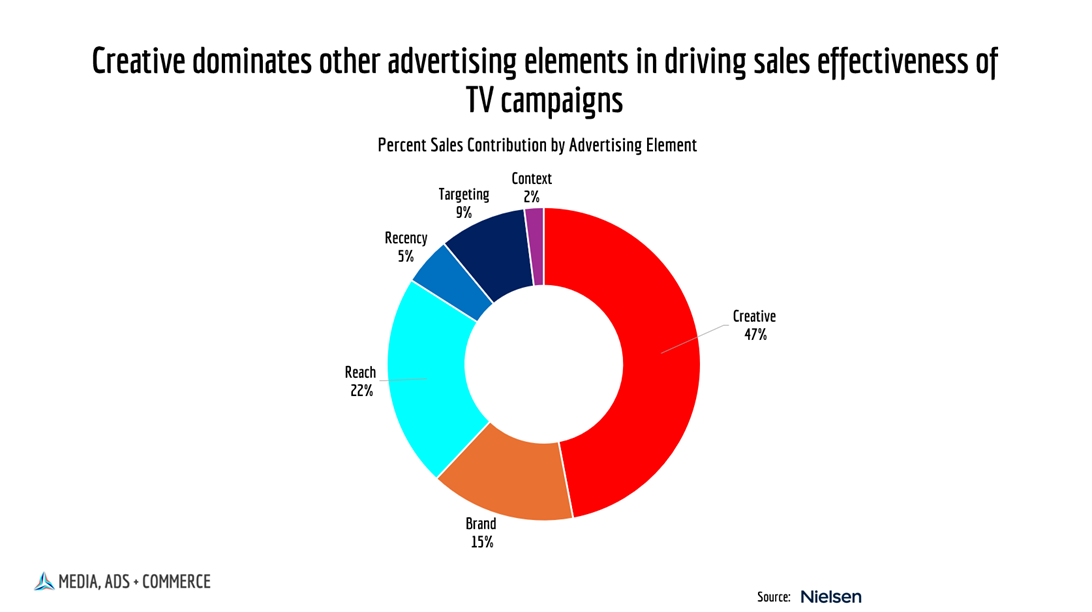You Can’t Spell “Retail Media” Without AI—But Maybe You Should?
What P&G’s Marc Pritchard Gets Right About the Role of AI in Marketing
“Marketing can be complex, but it doesn’t need to be complicated,” said Marc Pritchard, chief brand officer at Procter & Gamble, during his annual address at the ANA Masters of Marketing conference.
His message to marketers this year was to keep things simple. Draw inspiration from the everyday moments that matter in customers’ daily lives, and don’t expect AI to be a magic wand for generating breakthrough creative.
“How do you know when you’ve landed the idea? Your spine tingles,” he said. “It’s that physiological reaction when logic connects the dots in your brain and emotion makes you feel something in your heart. Just a little reminder, AI doesn’t get the tingles. An idea is a uniquely human endeavor that comes from and connects with your heart and your soul.”
What the chief marketer at the world’s largest consumer goods advertiser understands is that ad creative is the biggest lever for sales growth. According to a 2017 Nielsen Catalina study of nearly 500 brand TV campaigns, ad creative accounted for 47% of the total sales contribution with brand accounting for another 15%. Media elements—reach (22%), recency (5%), targeting (9%) and context (2%)—drove the remaining 38%. Not every medium will work like TV, but it’s a good foundation for understanding how advertising works.
What Pritchard also understands is how brands grow. According to Prof. Byron Sharp of the Ehrenberg-Bass Institute, critical levers for brand growth include the establishment of mental availability (“is the brand easy to think of?”) and physical availability (“is the brand easy to buy?”). Creative is the primary lever for mental availability, though brand and reach also play a critical role.
These same principles apply to retail media. Yet the fundamentals of marketing effectiveness too often get ignored in favor of the latest shiny object: AI.





